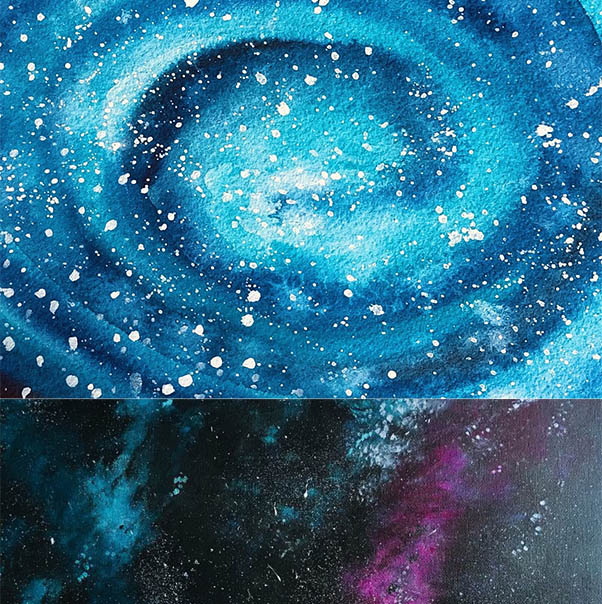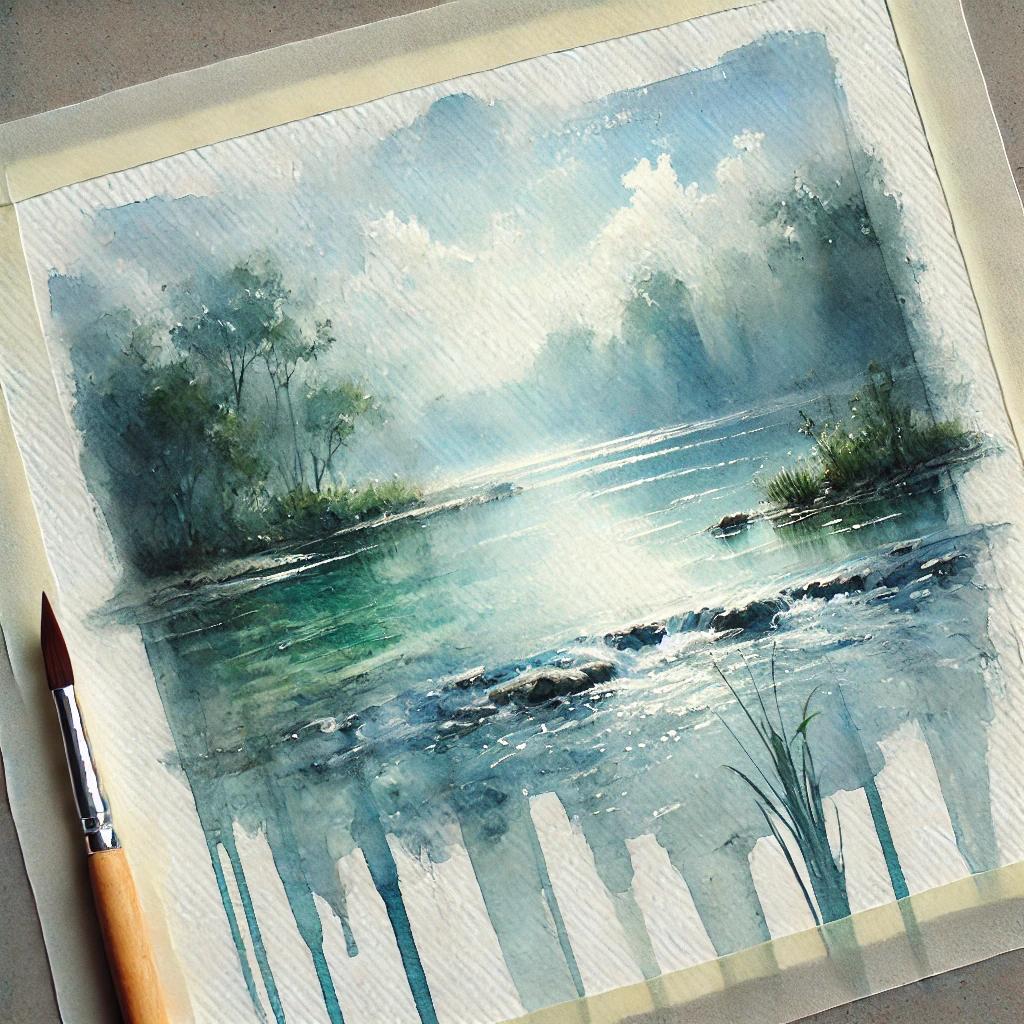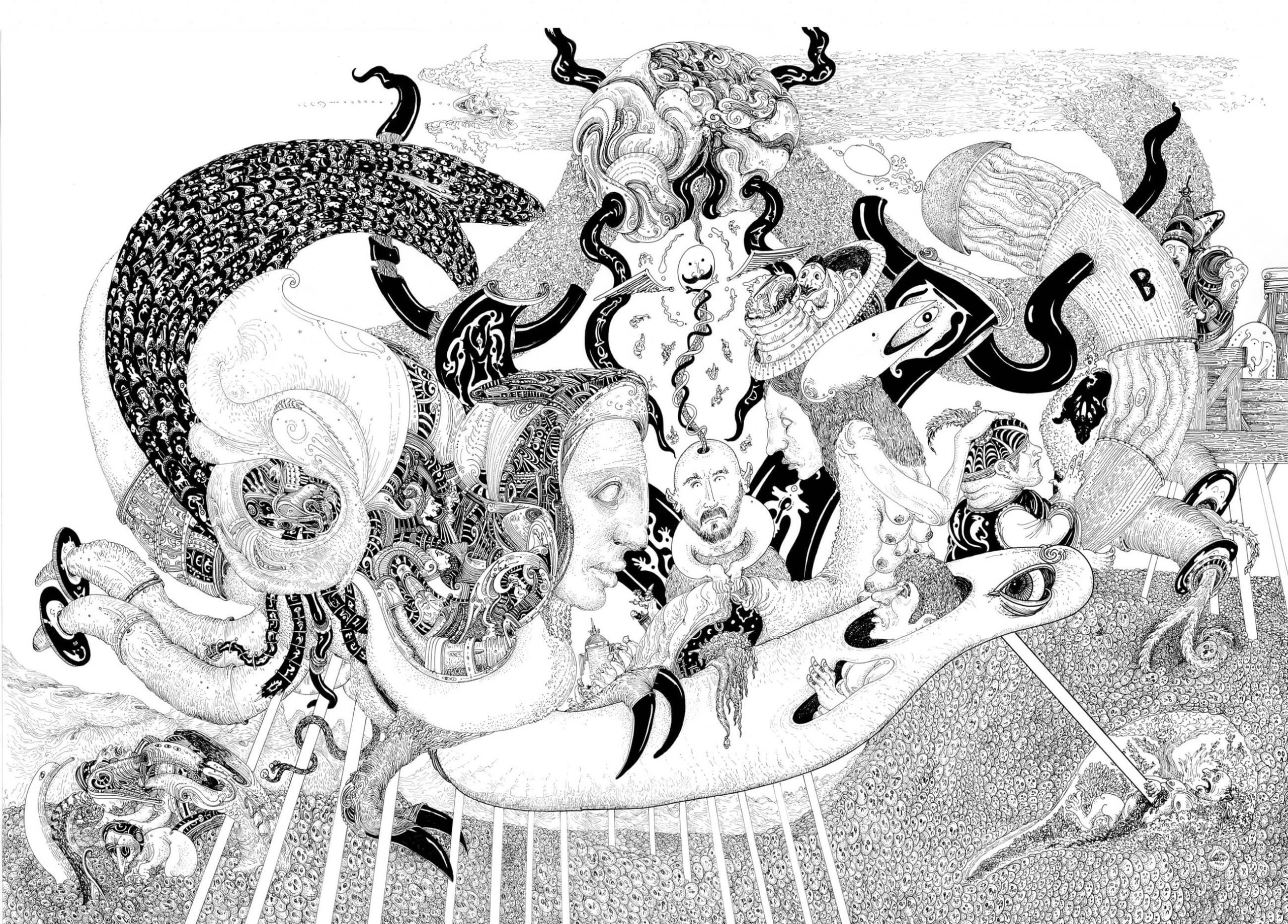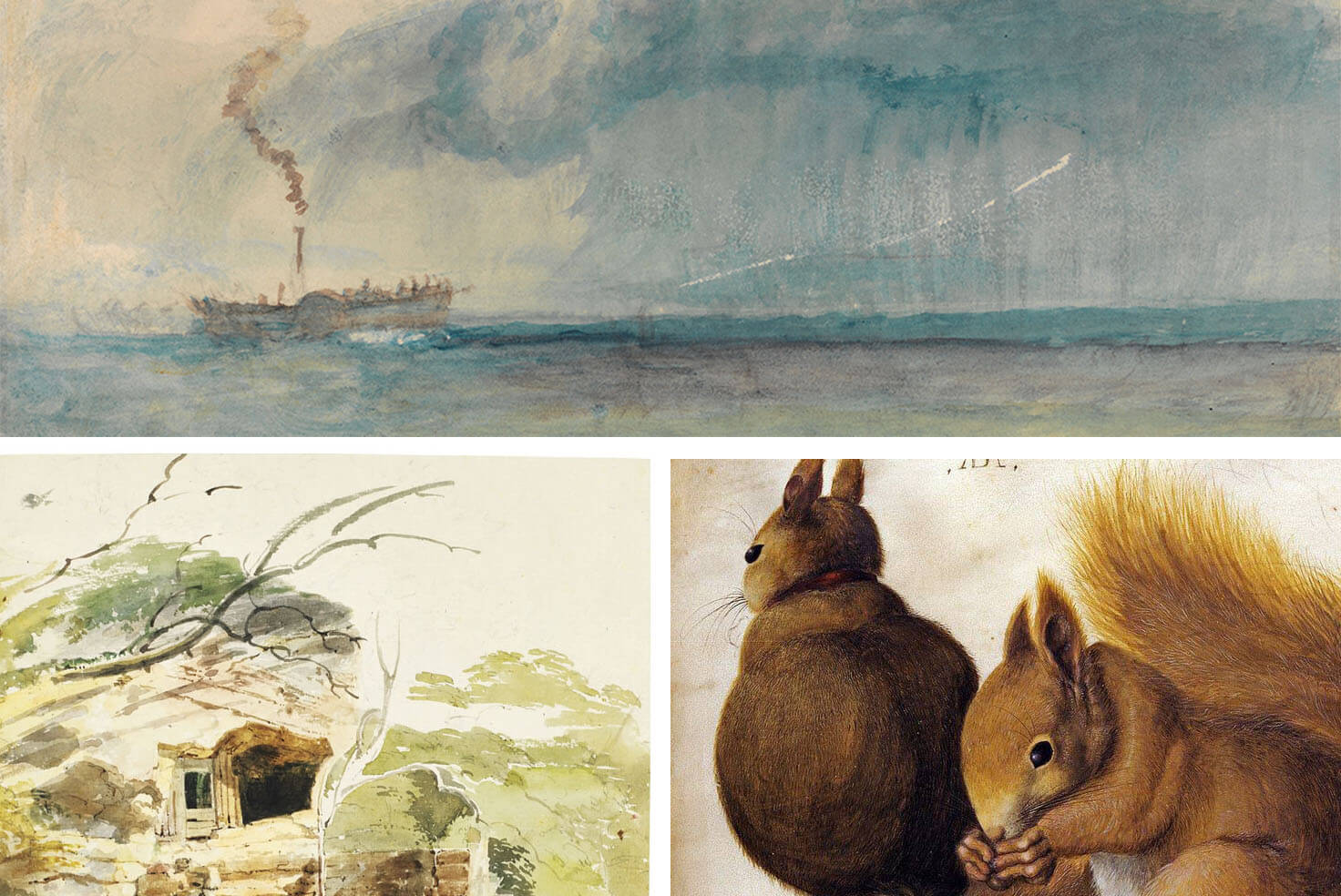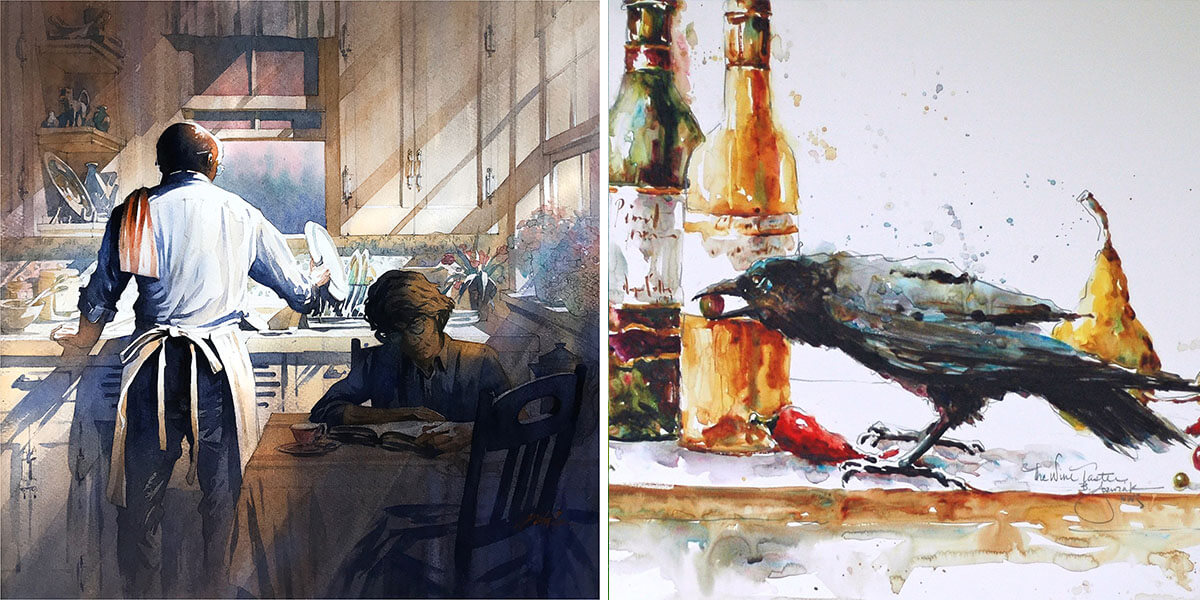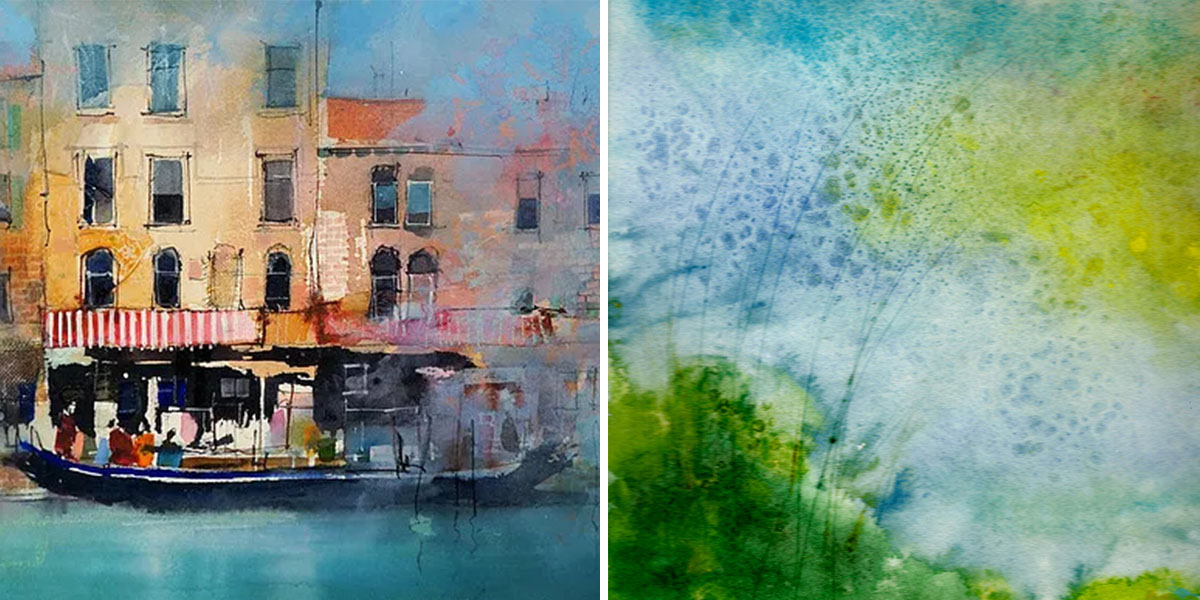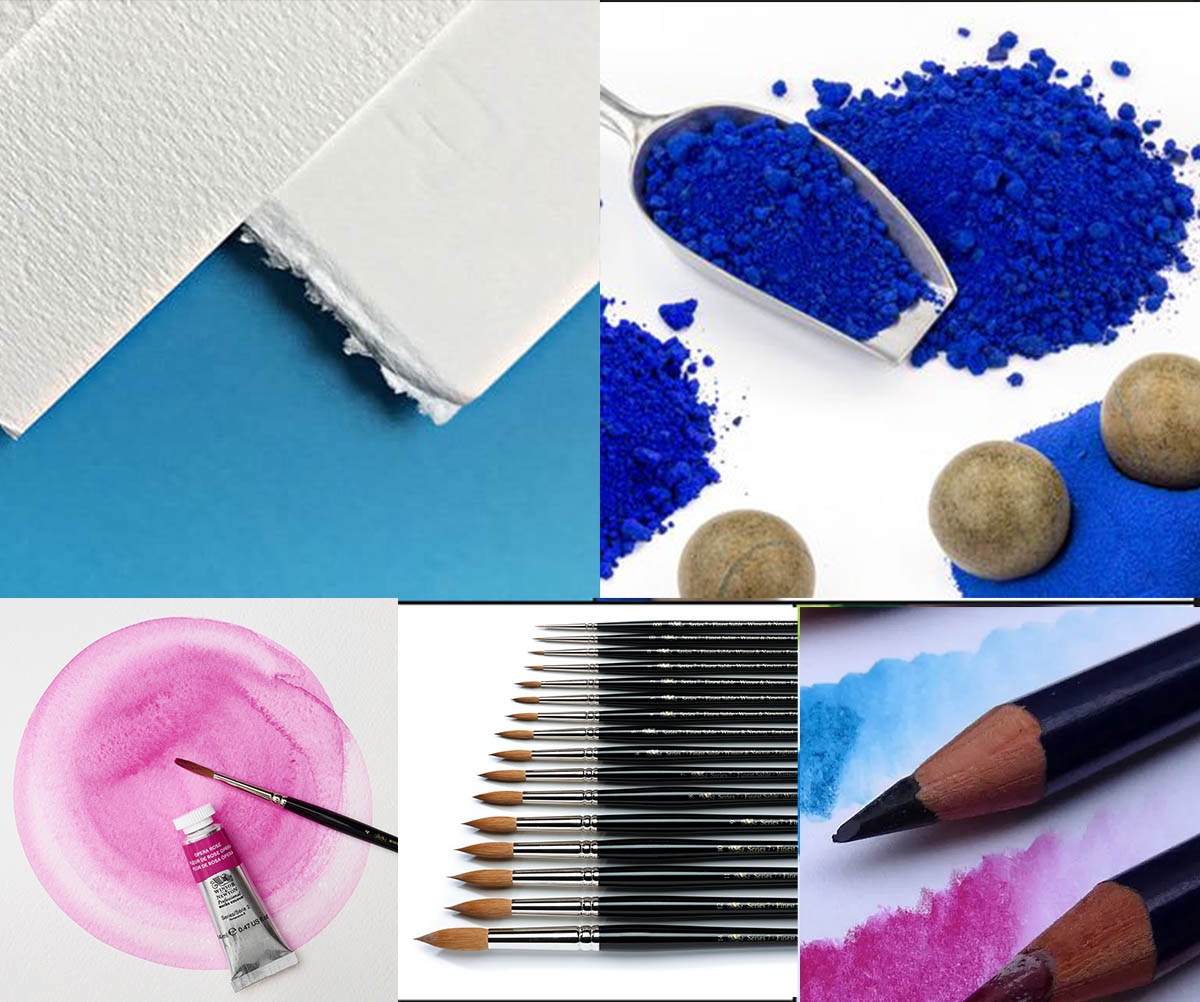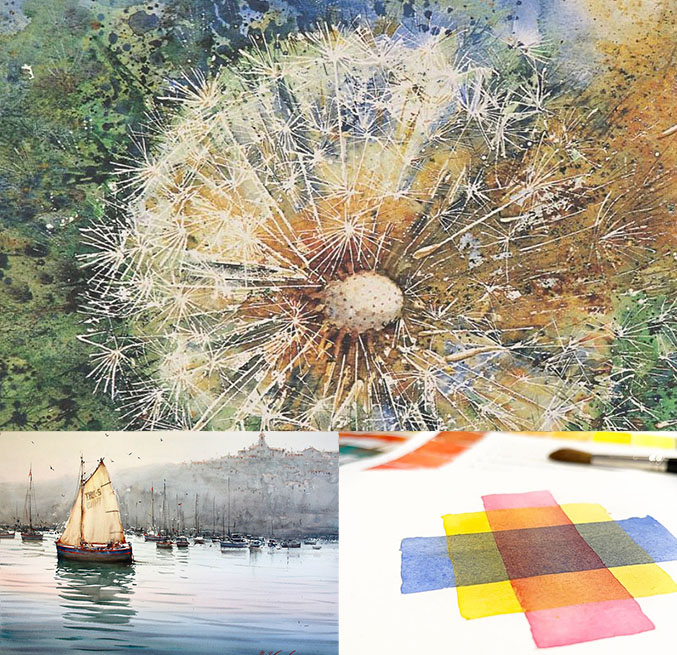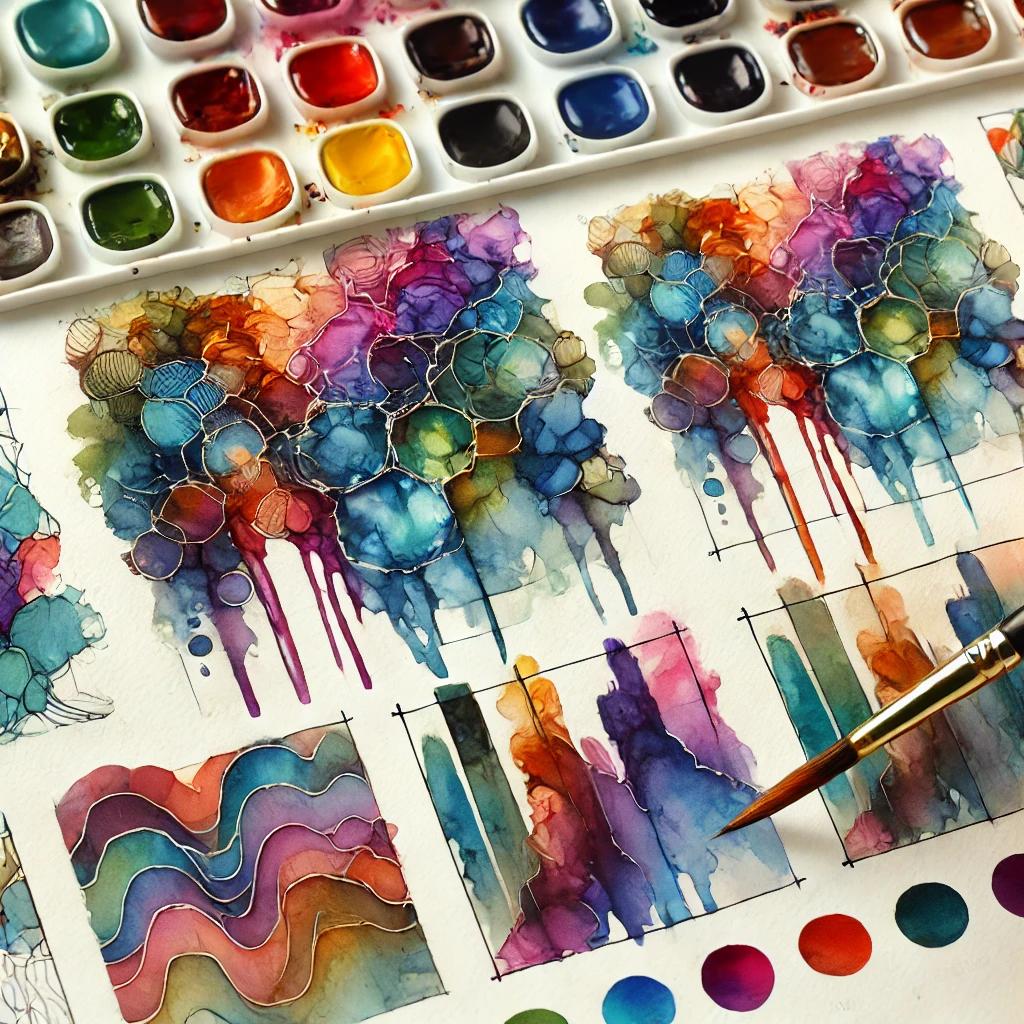Watercolor galaxies: Techniques of depth, light, and color harmony
Creating galaxies in watercolor is a technique that requires a combination of free-flowing colors and controlled brushstrokes to capture the depth and glow of the night sky. The process begins with selecting the right paper, ideally heavy-weight (300gsm), which can withstand large amounts of water and allow smooth blending of…

